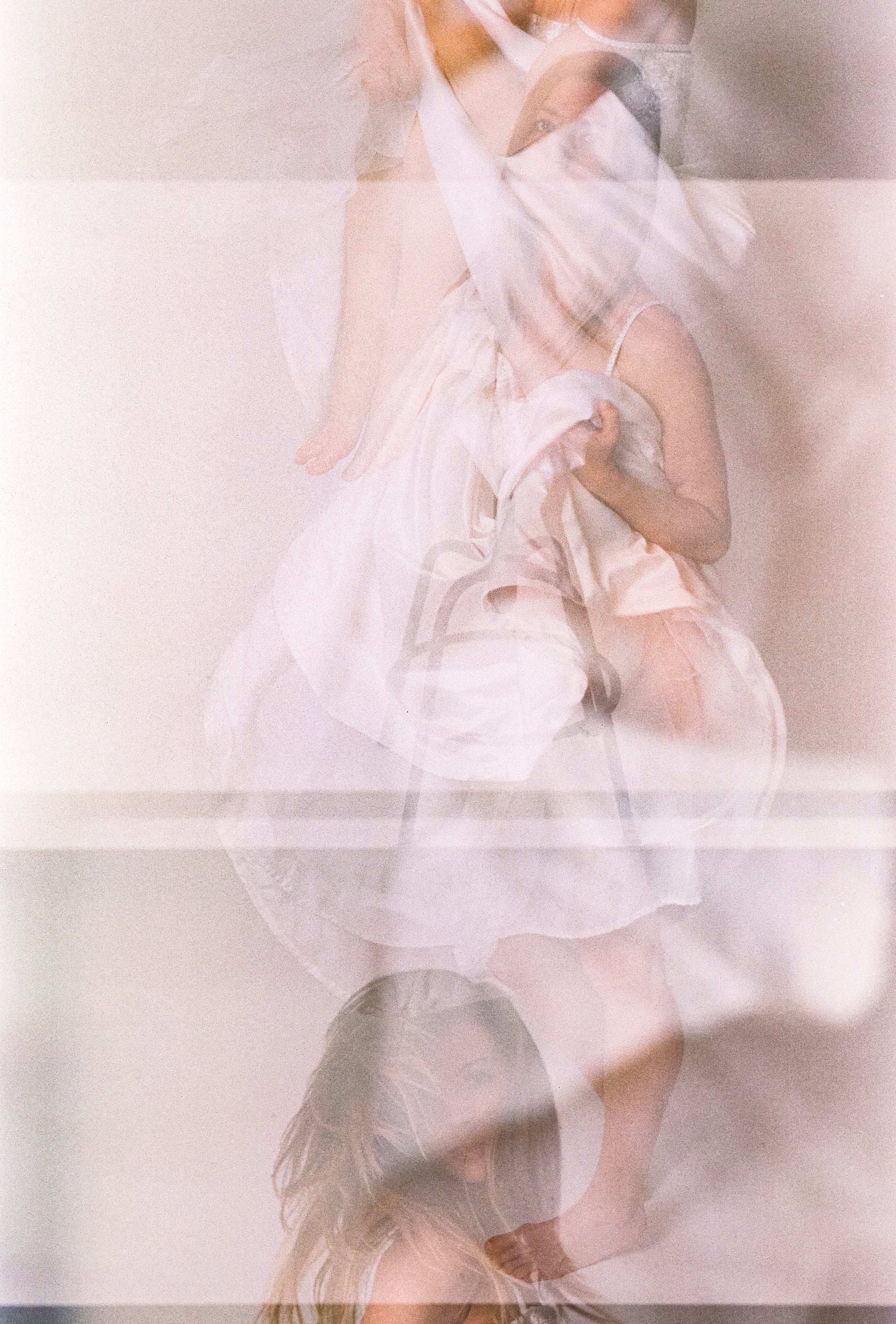Let The Tripod Be The Tripod
One of the hurdles I have to work through with other photographers beginning to embrace self-portraits is that it feels vain. I get it. I was there.
To show up in front of the camera feels a bit audacious and a little undeserving.
Who am I to be the subject of my own art? Why should I keep showing my face on repeat? Who even wants to see me so often?
But I am a big believer in teaching others we have the right to take up space. It’s not superficial to create art with your being.
Showing up and proving your existence isn’t some sort of vanity project.
Our existences aren’t of the sole purpose to serve others.
It’s not our job to be the supporting character in our own life.
We get to be the star.
Save the role of supporting character role for the life of others.
I was recently chatting with photographer and Photo Native execute director Alison Hatch for her new You Belong podcast (episode: here) and it was Alison who gave me this aha moment.
She solidified some thoughts I had swirling about WHY self-portraits when she spoke of photography being an art that doesn’t involve the body in ways other arts do. Sculptors and painters use the movements of their bodies to create their art, while often for photographers, we remain in our heads and use only a mere finger movement to capture our views.
It got me thinking about how photography can tend to be the anti-body art. We often try to stabilize our bodies to move as little as possible. It often seems like our goal is to remove the body altogether and become a mere tripod-like object.
Which is why for photographers, the act of moving from tripod to subject feels especially daunting.
And also what makes it especially powerful.
In case you haven’t heard, we aren’t thinking machines. It turns out we are emotional beings who happen to think. And emotions are a somatic experience.
We often think tending to our bodies involves two acts: eating healthy and engaging in exercise. And obviously these are important, but if emotions are somatic, then acknowledging and tending to that emotional state cannot be ignored as we take care of our bodies.
We get to pay attention to our emotions and let them run their course.
Throughout 2021, I found myself compulsively taking self-portraits. (not hyperbole). But I didn’t know why.
I just knew I had to.
So I did.
2022 rolled around and it all became clear what exactly was happening; it turns out I wasn’t seeing myself. And self-portraits were my body’s way of demanding to be seen.
After things became clear I had a friend look at my self-portraits and say “Amy, you have a way of expressing emotions you don’t even know you’re feeling.”
And dammit that’s it.
My body was feeling it, but my head had to catch up. The compulsion to show up in front of the camera was my way of tending to the emotions. My head didn’t know what was happening, but it trusted my body. And to be honest, it was a major step in the process of learning to trust myself.
So if you wonder why I’m so passionate about self-portraits, this is it. As photographers we get to use the frame as a canvas for our emotions. Our bodies get to take part in our art and can aid us in moving from living in our head to a whole mind-body-spirit experience.
It’s not self-absorbed, it’s self-aware.
My next run of Self-Portraits With Meaning is set to start in fall 2023.
There’s also potential for a three-day/two-night live intensive in the fall; limited to three spaces.
If you want to be in the know for either of these, be sure to sign up for THE LIST.


